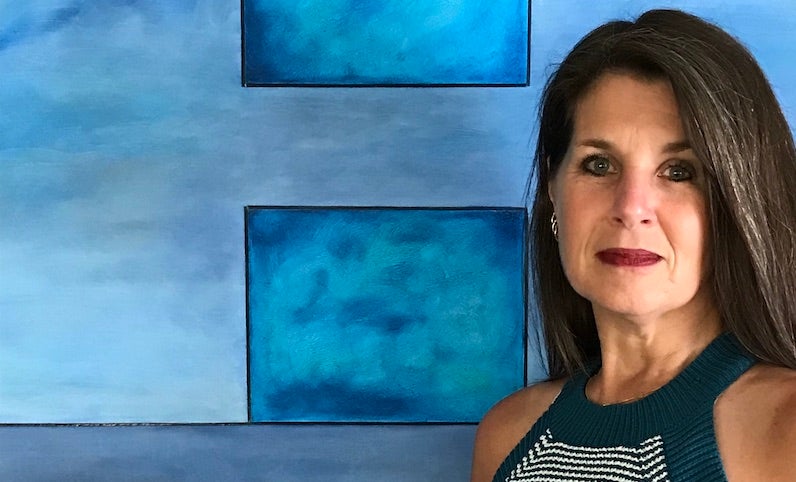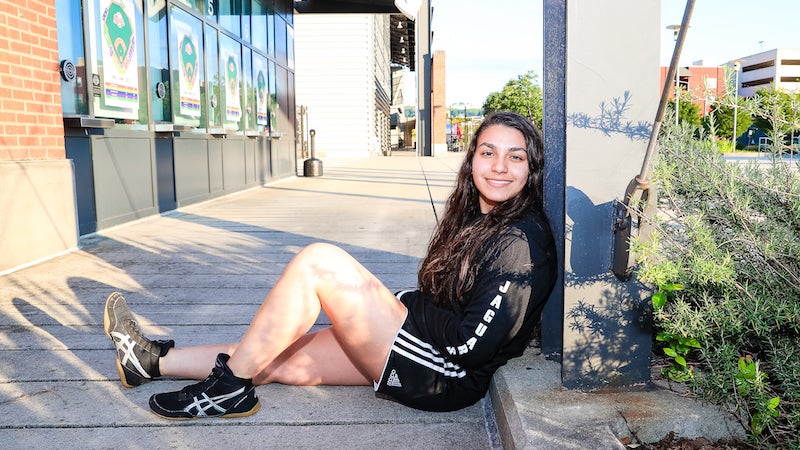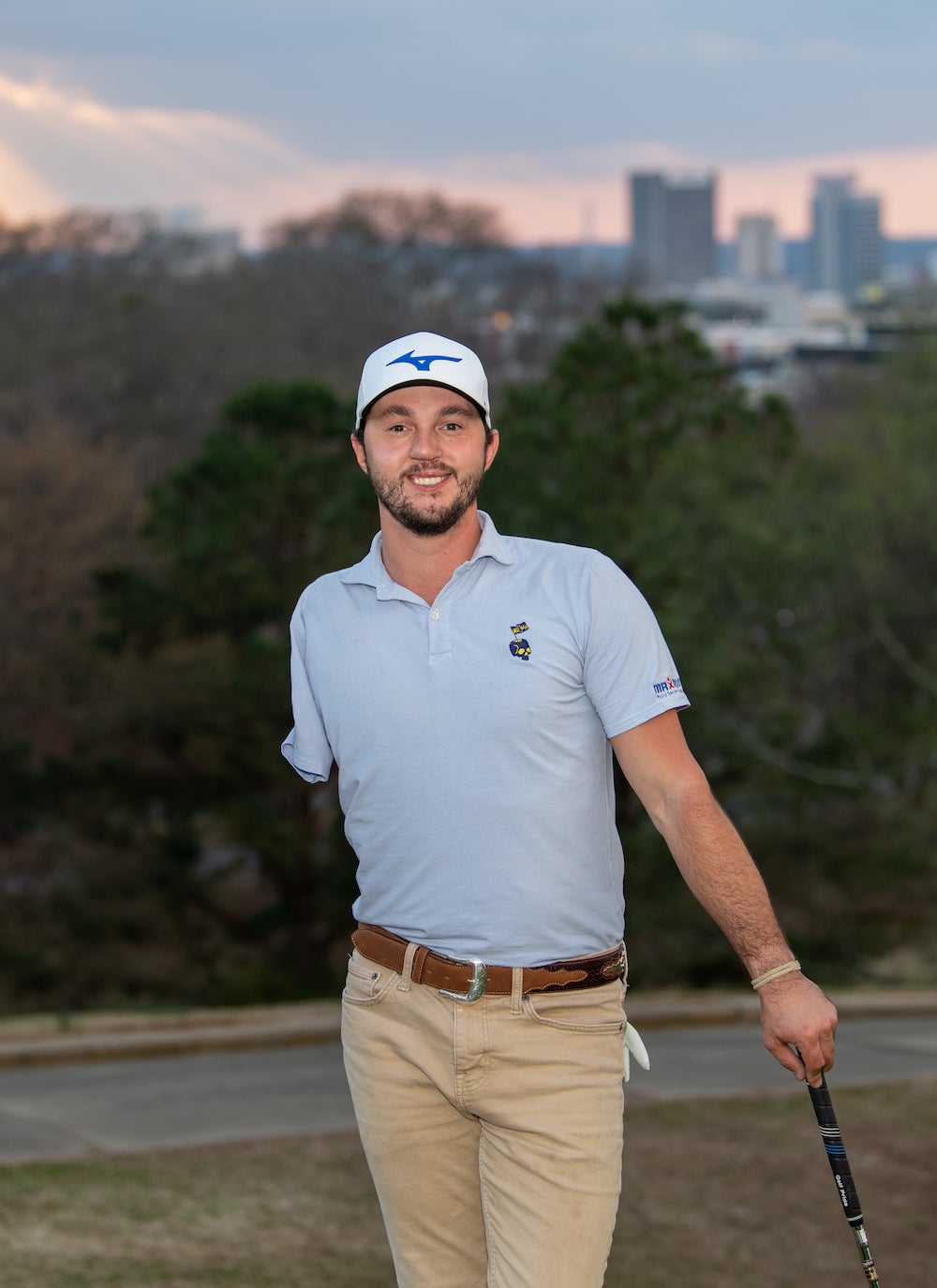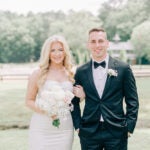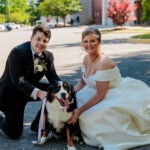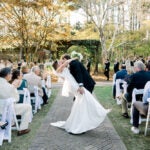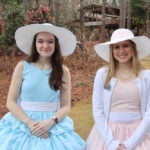5 QUESTIONS FOR NANCY McGOWAN
National Geographic Certified Educator____________________________________
Nancy McGowan, a math coach at Shades Mountain Elementary School in Hoover, completed a three-part process to become a National Geographic Certified Educator this year.
What does it mean to be a National Geographic Certified Educator, and how did you attain this certification?
Being a National Geographic Certified Educator is another avenue to expand the understanding of what geography is. When the word geography is mentioned, a mental picture of a map appears. Even though maps are central to this field, geography encompasses so much more. For example, part of my certification process included being able to secure the Pacific Giant (26 feet X 36 feet) Traveling Map for a week. We were one of twelve schools in the state of Alabama to have this honor. During the week I organized a constant flow of classes to “walk through” the Pacific Ocean and have interactive lessons. Younger students built block models to provide a visual representation of the depths of approximately 20 trenches, walked along fractures that led to the Ring of Fire, and used poly-spot arrows to show the direction of ocean currents above and below the equator. Older students used resources to identify and locate plant and animal species of the Pacific, looked for patterns in population density of specific species and discussed human impact on sea life. Other components of my certification process included my 12 years of serving as the Geography Bee coordinator in addition to submitting lessons I have created for my classes.
Why did you decide to work toward this particular distinction?
I decided to work toward National Geographic Educator certification to challenge myself. In my classroom, we have three catchy “codes” to live by. The cure for boredom is curiosity, there is no cure for curiosity (attributed to Dorothy Parker); No FOMO (No Fear of Missing Out); and DFTBA (Don’t Forget to Be Awesome). Basically, any distinction I pursue is to make myself a better professional that will in turn provide a richer experience for my students.
Can you describe a memorable moment from the process of earning the NatGeo Certification?
One of the best parts happened when students began to identify gyres (circular ocean currents) on the map and made the connection to the location of the Pacific Trash Vortex. This led to a discussion of the origin of the trash and the effect on creatures that live in this area.
What past experiences in the education field do you believe prepared you for this?
In 31 years as an educator, I have served in a variety of capacities in different systems in the Birmingham area – elementary classroom teacher, Gifted Specialist and currently a math coach at Shades Mountain Elementary. I hold undergraduate and graduate degrees in elementary education from UAB. I also earned Gifted Certification at UAB while studying under Brian Reed, who was a student of Joe Renzulli, the developer of The Schoolwide Enrichment Model. I have an Educational Specialist in Educational Technology degree from Lesley University. I am also a National Board certified teacher and a Level 1 Google Educator.
In what other ways has being a National Geographic Certified Educator impacted your work?
The finale for each person seeking certification is a multimedia Capstone Project documenting the process of our project, student research and portions of class discussions based upon our work. With our study of the Pacific Ocean earlier in the year, I applied to connect with a National Geographic Emerging Explorer. We were so fortunate to be paired with Grace C. Young. She is an amazing young woman whose specialty is the use of ROV technology to study the geography of the ocean floor. My Nat Geo Educator Capstone project was titled: Using ROV Technology to Learn About Our Oceans. This project combined our studies and findings using the Giant Pacific Map, ROV research and our study of Ms. Young’s field research in ROV Technology. Students used Google Slides, Docs and Scratch programming to collaborate on their final projects. My students have a variety of interests which include: Learning about various countries, cultures and languages.

